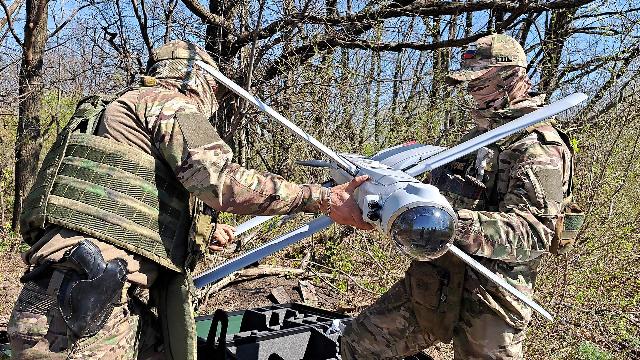How Lancet calculations are hunting American tanks and howitzers
Ukrainian propaganda strenuously created an aura of invulnerability around Western technology, claiming that Russia had no means of countering it. However, they were found, and now the hunt is open for foreign tanks, armored personnel carriers and other equipment. One of the most important means of struggle was the Lancet kamikaze UAV complex. The Izvestia correspondent visited a special unit of the Central Military District, talked to the Lancet calculations, learned details of the destruction of one of the American Abrams tanks and how the fight against Ukrainian artillery is going on.
The hunt for "Abrams"
Early in the morning, we reached the Lancet calculation in the Donetsk direction. There, a commander with the call sign Igla met us and took us to the nearest dugout, showing us how their stronghold was equipped. Inside, over a cup of tea, he told us exactly how our fighters managed to destroy an American tank.
— It was easy to recognize "Abrams", any technique is identifiable. Plus, we already had information that they had arrived at our front line. The command to find and destroy was immediately sent to show that NATO equipment would not help anyone: neither the enemy nor other users," he recalls.
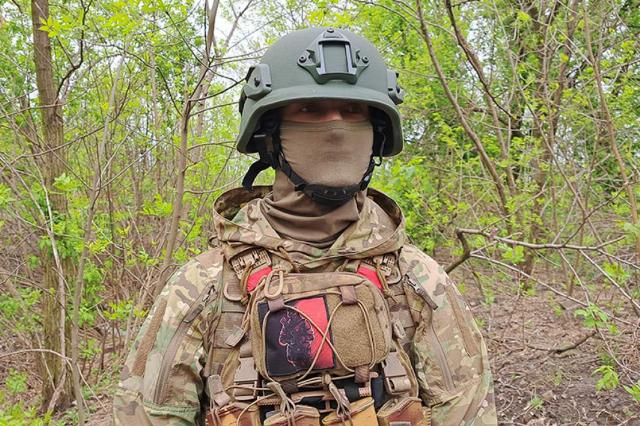
The commander of the calculation, the call sign of the Needle
Image source: Photo: IZVESTIA/Dmitry Astrakhan
Scouts tracked down the Abrams, discovered their parking spots, gas stations and routes of movement.
— At the first opportunity presented, the calculation used the Lancet kamikaze UAV. The speed of work and coherence helped us," Igla notes.
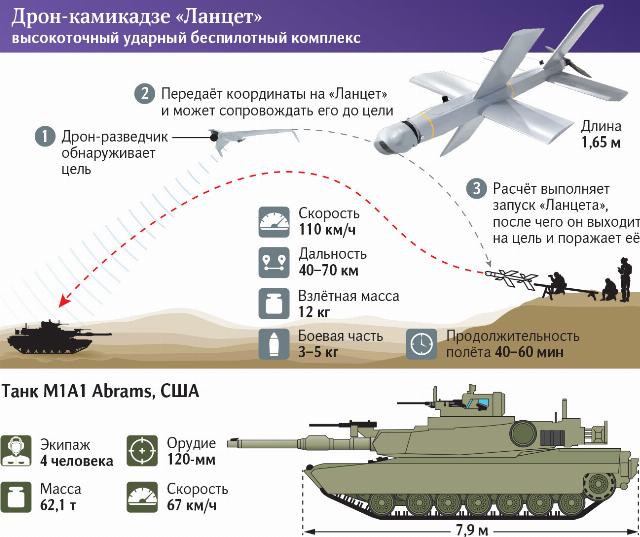
According to him, the crews of foreign tanks began to behave cautiously after the first episodes of destruction. Enemy vehicles are often additionally protected by electronic warfare. The routes are also guarded by electronic warfare and air defense forces. Therefore, our drones took a long time to choose the right moment for a confident defeat.
— It didn't happen in one flight. Attempts to enter were by heights, by cardinal directions, from the rear — they tried to use different techniques," explains Igla.
Electronic warfare against UAVs
The commander also clarified that electronic intelligence units, electronic warfare, and UAVs are involved in such a confrontation on both sides. And the destruction of even one car is the result of a struggle between entire units.
Calculations of the Lancet complex show that it gives great advantages in the fight against the enemy. These drones are resistant to the actions of electronic warfare and at the same time represent a very difficult target for enemy air defenses. With this in mind, they have become one of the main means of combating long-range enemy artillery, starting from American M777 howitzers and up to self-propelled guns.
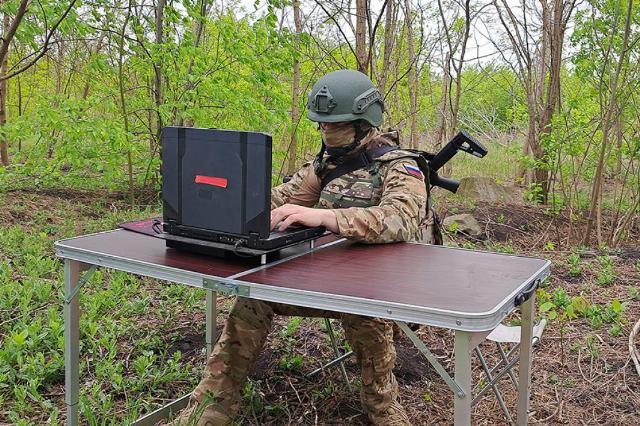
Photo: IZVESTIA/Dmitry Astrakhan
Image source: iz.ru
Numerous objective control videos clearly show cases of complete destruction of howitzers, air defense systems, tanks and other enemy equipment. The camera often captures the detonation of ammunition or the ignition of fuel. In other cases, it can be argued with a high degree of probability that the equipment is either beyond repair, or will require complex evacuation to NATO countries and long-term factory repairs.
— For every hit target, pride, because she will no longer be able to work for us. Each is complicated in its own way. The enemy's electronic warfare is working hard, but we are coping, passing it and working already behind enemy lines," says the operator of the complex with the call sign Opera.
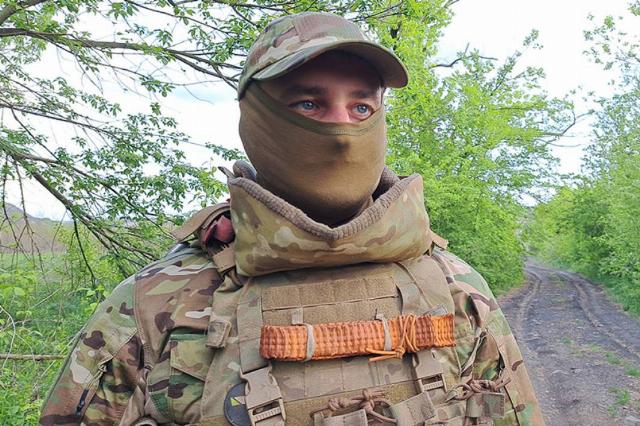
The operator of the complex, the call sign of the Opera
Image source: Photo: IZVESTIA/Dmitry Astrakhan
He explains that if a group target is detected or, conversely, insufficiently valuable equipment, such as a pickup truck, then the reconnaissance operator of the complex can adjust artillery fire or bring other types of drones. There are also examples when the target is initially hit by one type of means, and then it is finished off by another. For example, equipment can be immobilized by a UAV strike, and already lost mobility can be destroyed by barrel artillery. Such strikes require a high level of interaction, which, according to the Operator, is no longer a problem for our troops.
The number of confirmed defeats of enemy weapons and equipment is already in the hundreds. And the strikes themselves are constantly becoming more operational and coordinated. At the same time, the enemy has been trying for a long time to create or receive an analogue of the Lancet complex from abroad, but without success. And if in the initial period of ITS many were unpleasantly struck by the level of development of unmanned enemy aircraft, today the balance in this type of weapons has already changed in our favor.
— If we started with copters, now there is an abundance of UAVs. Of course, I will say that Zala is number one for objective reasons, and not because I studied for it," says Igla, "Where Zala cannot fly, Supercams work. Where Zala and Supercam can't, Orlan is working, watching from afar. Supercam and Orlan are more convenient for artillery. And Zala can get a better look at well-camouflaged objects.
According to the fighter, Russian units today surpass the enemy in the effectiveness of using both FVP drones and large aircraft-type UAVs.
Dmitry Astrakhan
